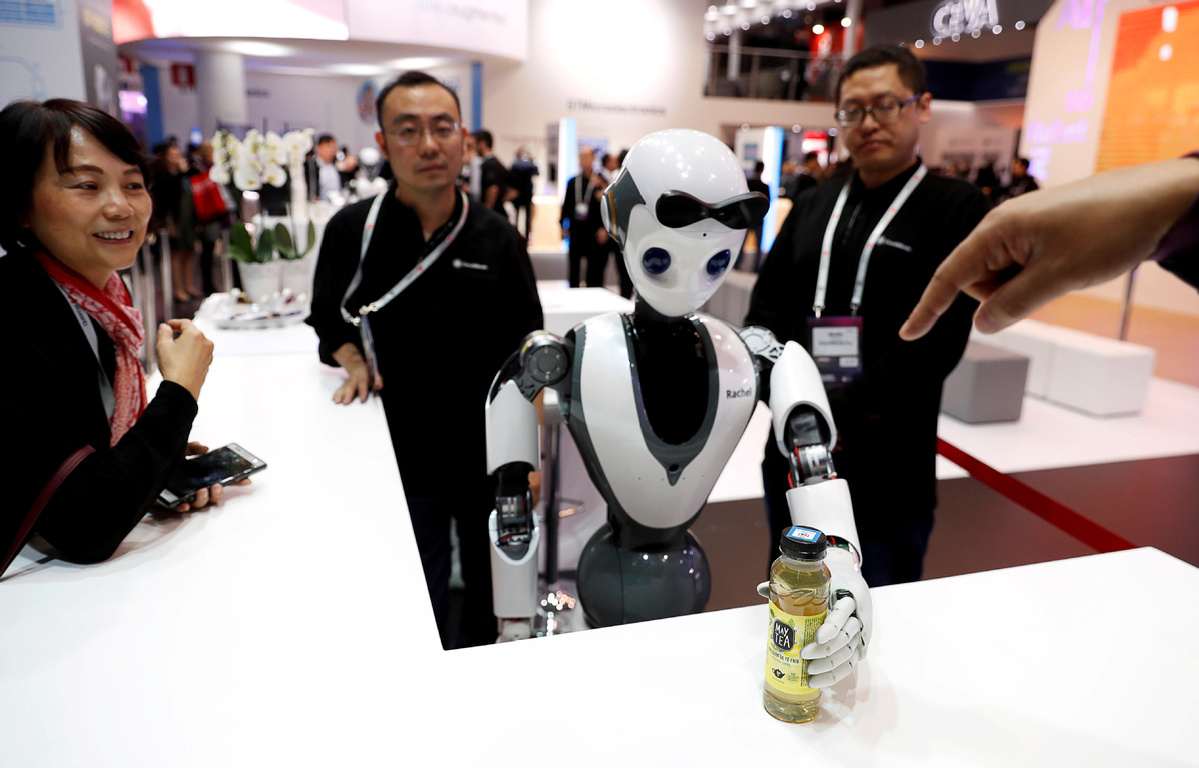International investment needed to advance use of robots in medical world


The origin of robotics, as with many modern technologies, lies in our creative imaginations.
The etymology of the word "robot" originated from a Czech science fiction play, Rossum's Universal Robots, in 1921. It seeded the word into the vocabulary of our global society today.
The writer of the play, Karel Capek, had a brother, Joseph Capek, who was also an avid writer of short stories about fantastical mechanic entities that existed for the sole purpose of serving us. The brother who first coined the term "robot", therefore, is still a matter of vicious debate in the Czech literary world.
Since the days of the play's writing, robots have made the transition from science fiction to everyday life; first in the industrial and manufacturing sector, and then, gradually, to other fields.
Eventually, medicine too was introduced to robots that were designed to care for us with mechanical precision unmatched by humans; a process that has progressed all over the world in the last two decades, and especially in China, where a push to get more robots in hospitals is starting to bring benefits to society.
China's government has highlighted the importance of robotics in its national science and technology initiatives that have transitioned the country into a world player constantly on the edge of new discoveries.
China's ambition is starting to bear fruit. It is determined in nature, with plans specifying an emphasis on robotics to support society in a wide variety of areas, with special mention for their use in complex surgeries, medical care, and rehabilitation.
The growth of medical robotics in China has exploded, especially in very recent times. There was a huge spike in 2019 in the number of Da Vinci machines introduced to Chinese hospitals. Such machines are capable of mimicking the precise movements of a surgeon's hands, and can mean that smaller and faster straightforward incisions can be made during important surgeries.
The advantages of using robotics in surgery include a lower risk of infections, less scarring, less blood required, and shorter stays in hospital.
The technology for such machines is improving at a rapid rate.
China's government has increased funding for robotics research and also the budget for purchasing machines such as the Da Vinci system.
Medical robotics has multidisciplinary origins, and, in the same way that their namesake, the 15th-century artist and thinker Leonardo Da Vinci, was a renaissance man, systems such as the Da Vinci robot are the product of wide array of knowledge.
Advances in precision mechatronics, AI, medical imaging, and in building-materials are all required to work in synchrony.
Homegrown Chinese robots also had a hugely important role in the provision of medical care in Wuhan during the initial outbreak of the novel coronavirus. Humanoid robots called Cloud Ginger, or XR-1, and robots such as the Smart Transportation Robot were used to carry medicine doses and food to patients. They reduced person-to-person contact and are credited with slowing down the spread of the virus.
Bill Huang, CEO of CloudMinds, the company behind the mechanical innovations, told CBNC: "Bored patients in quarantine found the humanoid robots such as Cloud Ginger very helpful, as they offered useful information and much needed interaction and entertainment. Doctors have also found the robots and smart devices helpful in monitoring patient vital signs remotely without direct contact."
The pandemic has exposed our vulnerability to unforeseeable healthcare crises and changed how we prioritize healthcare innovation.
Other nations would do well to emulate Chinese initiatives and increase funding for medical robotic research.
Barry He is a London-based columnist for China Daily.
































